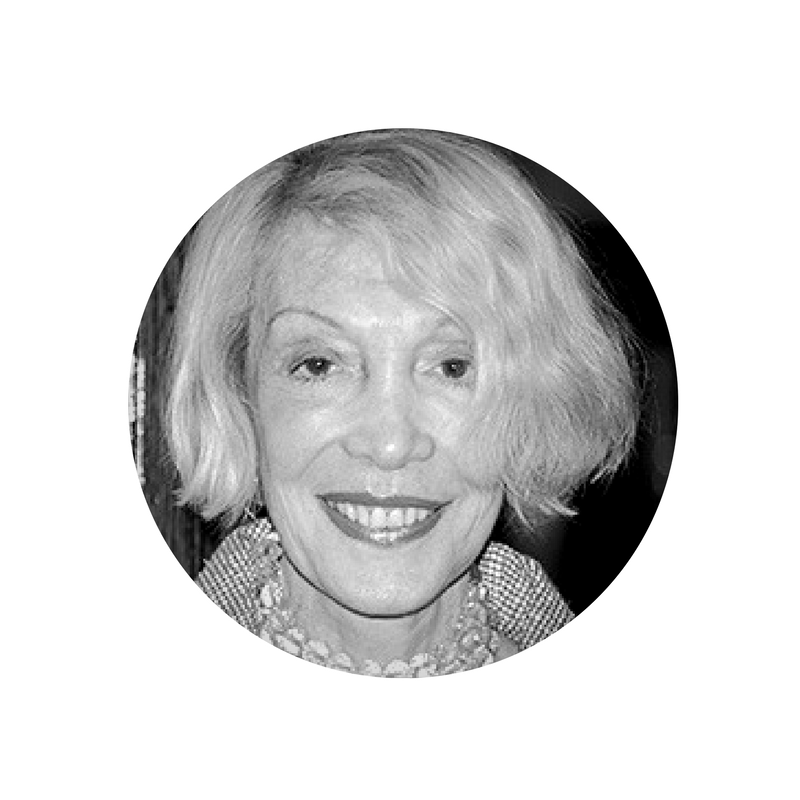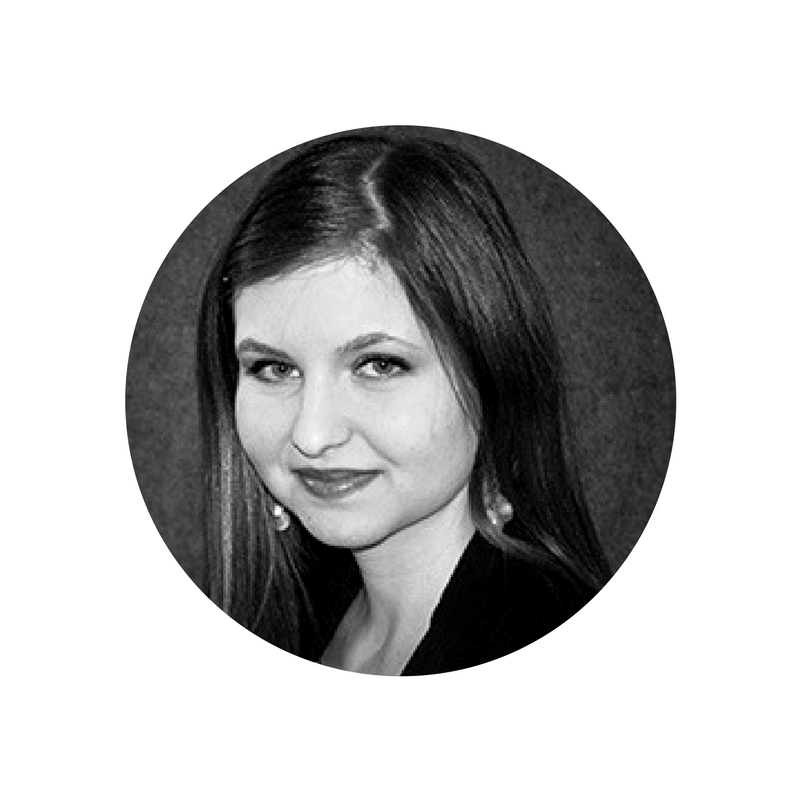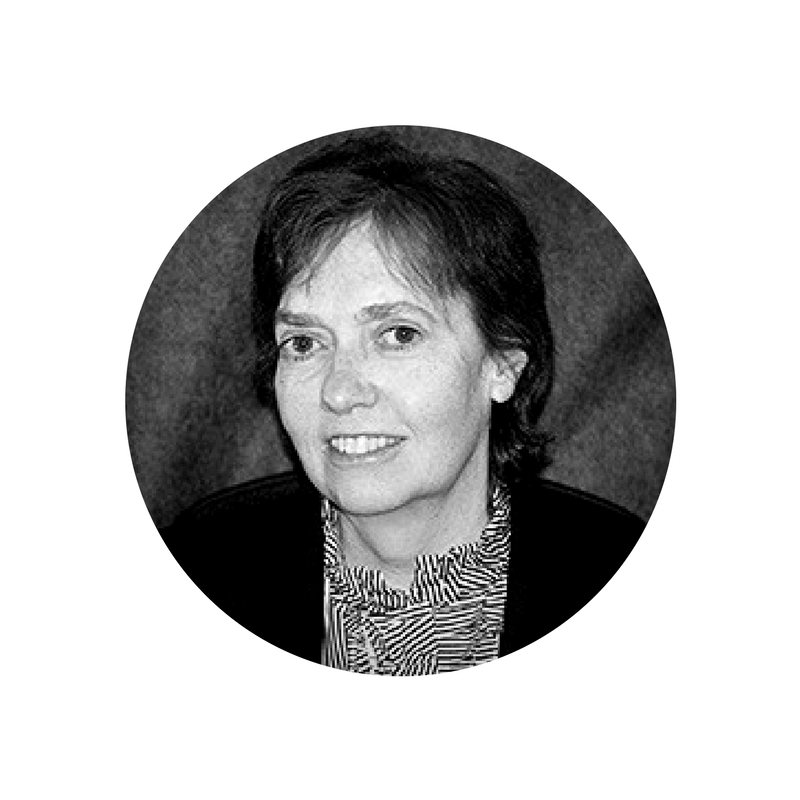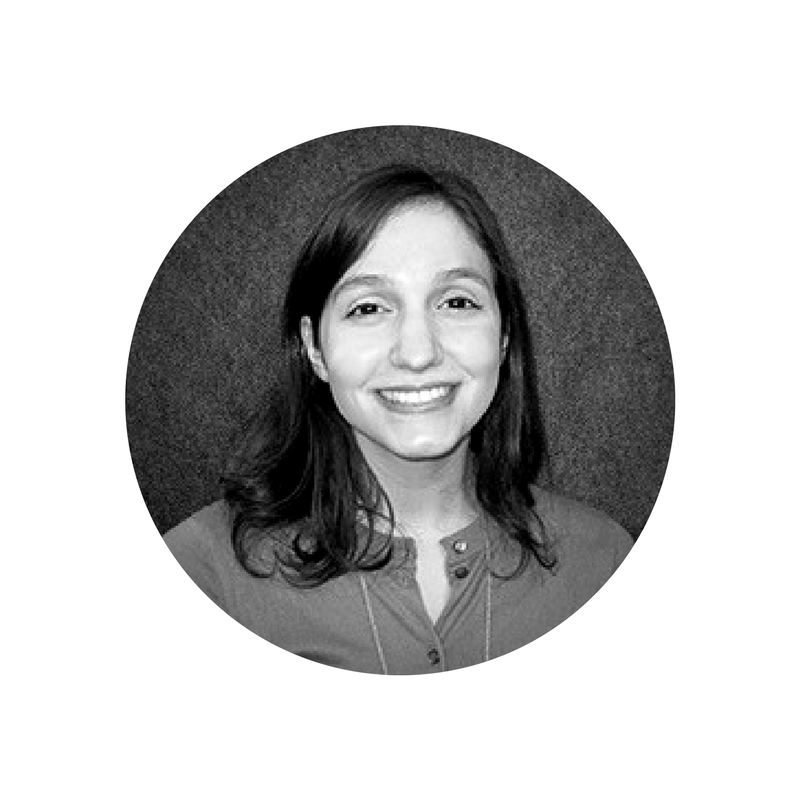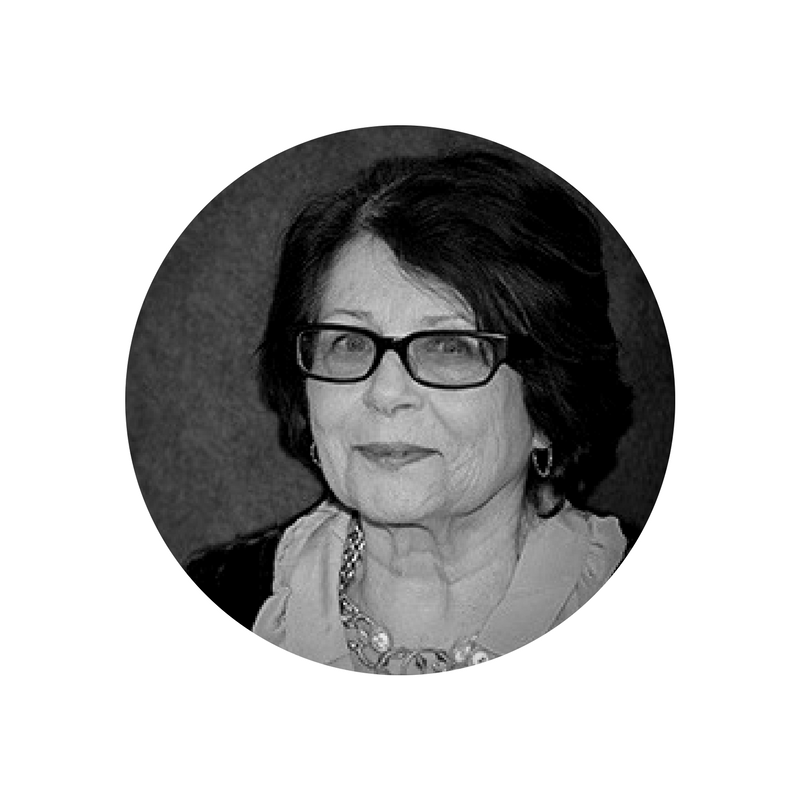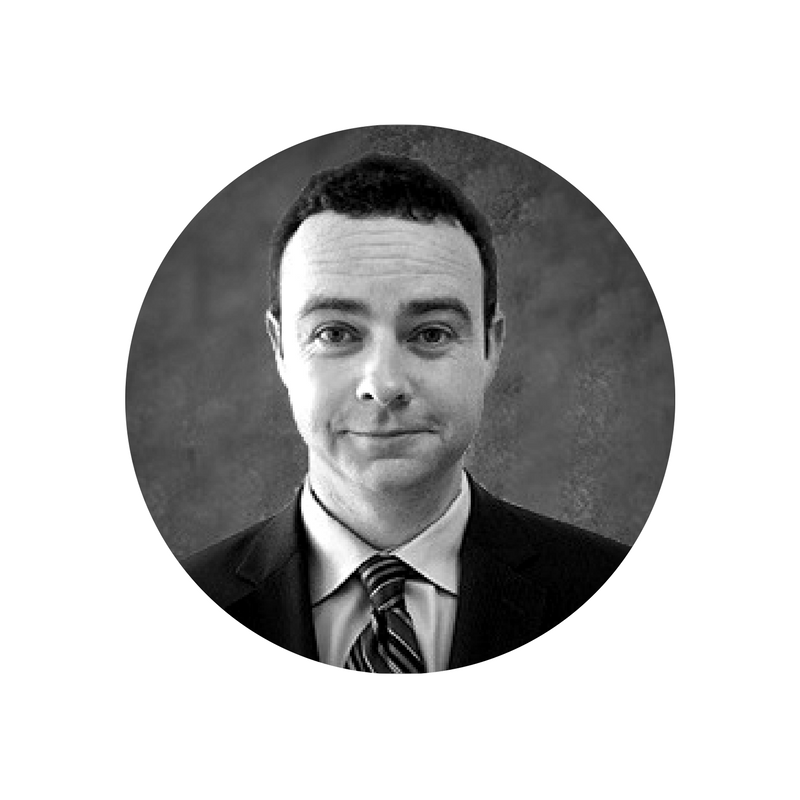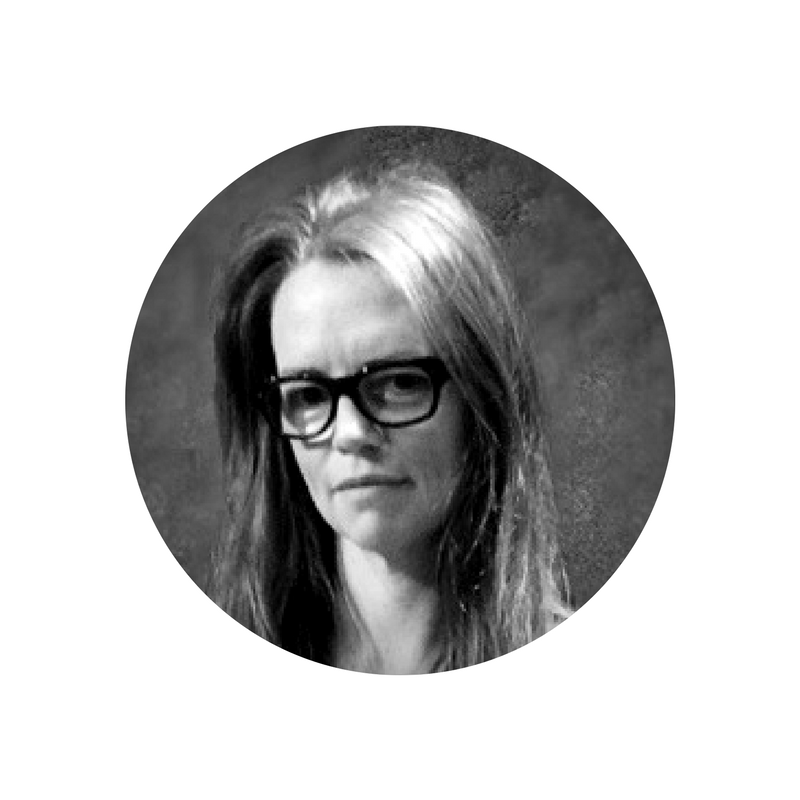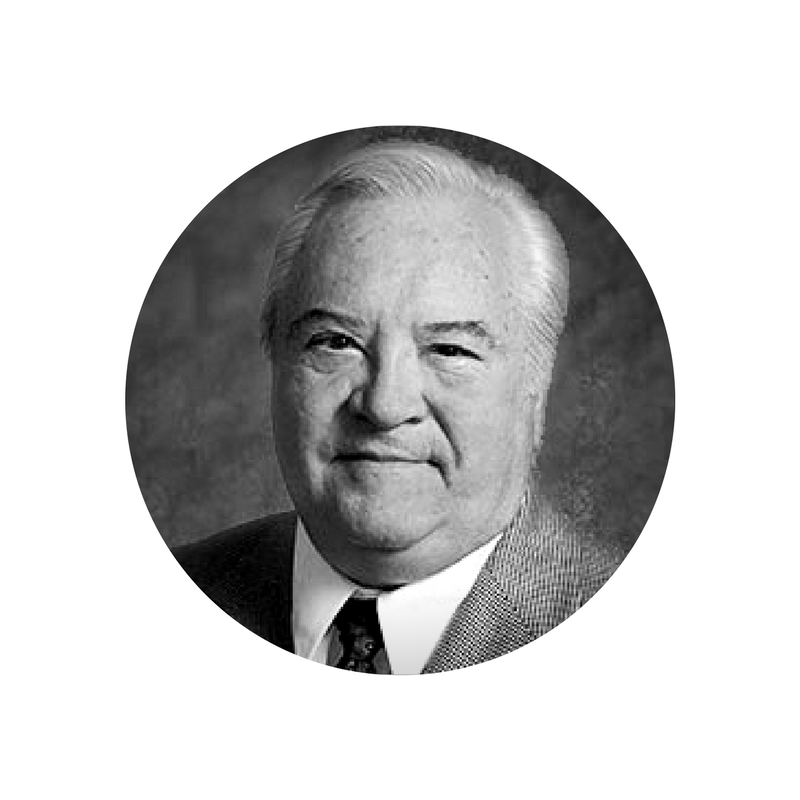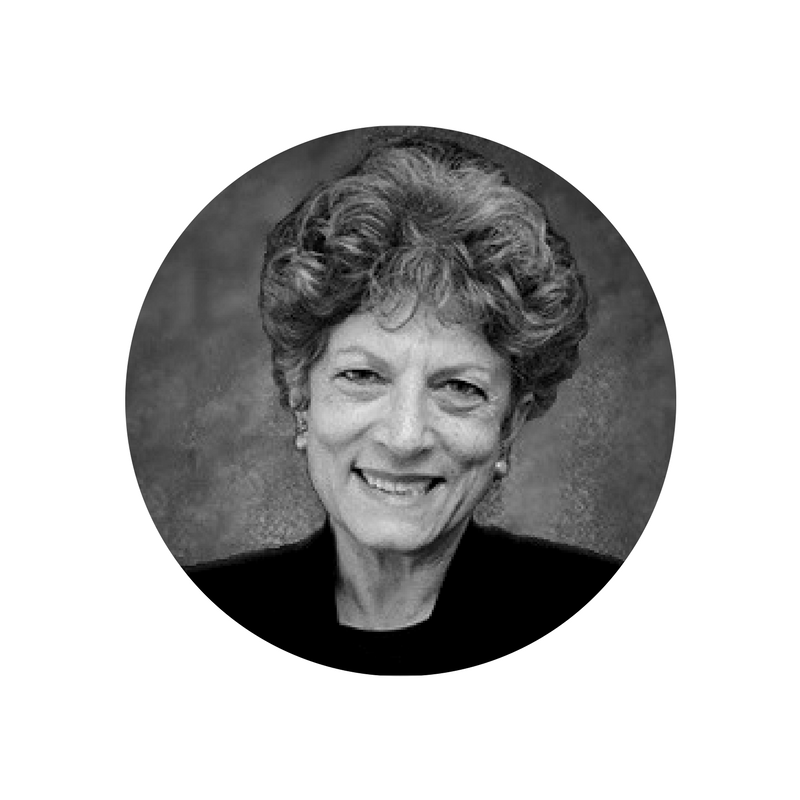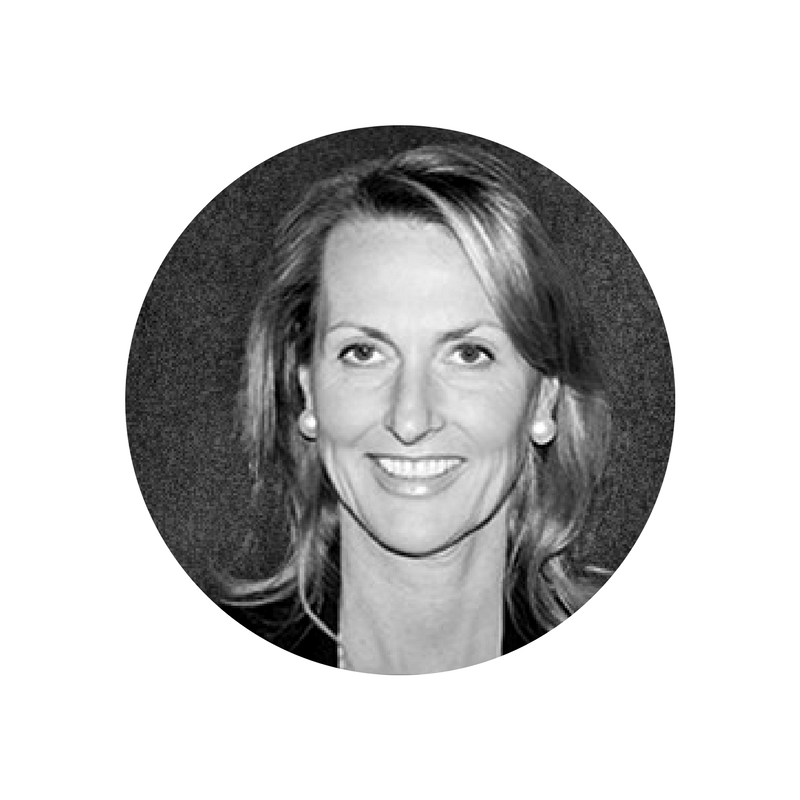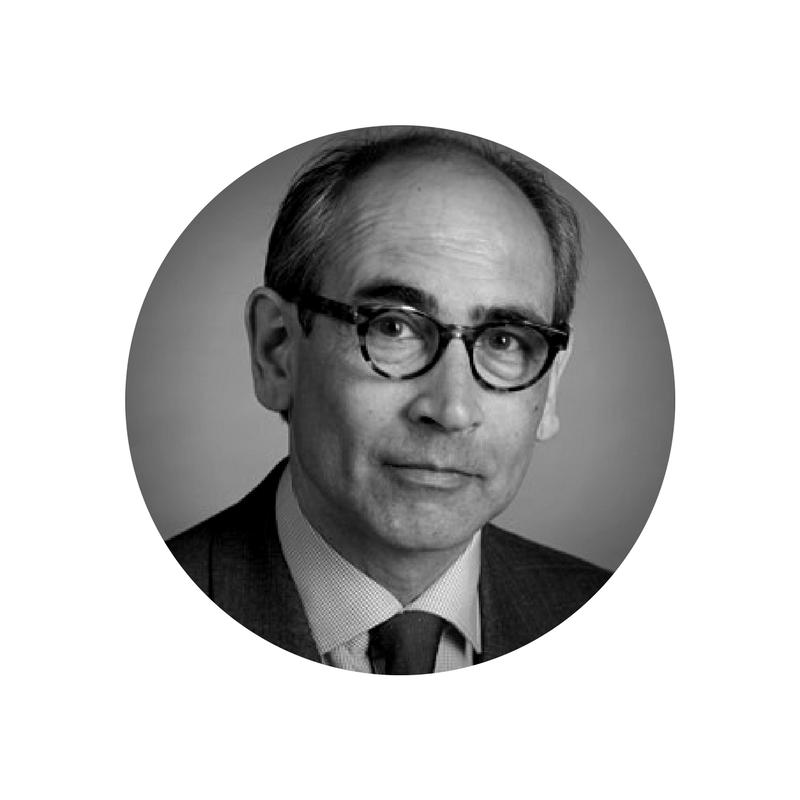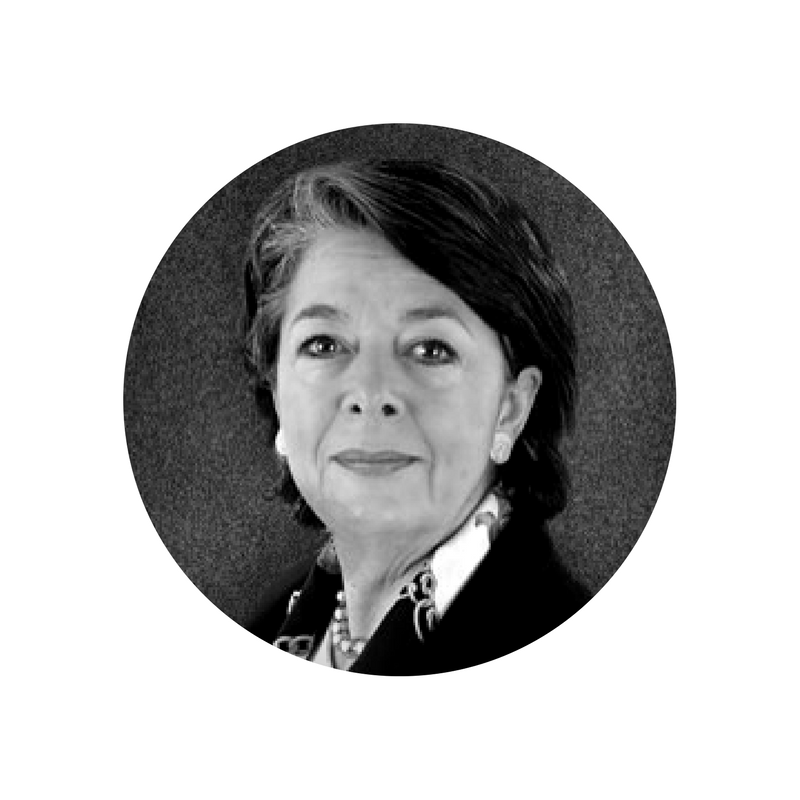One of the most refreshing exhibitions in Chelsea right now is Whats Up New York the Pop Up three story show at 132 10th Avenue, curated by Lawrence van Hagen. Unfortunately I only learned of it a week before its upcoming closing on Thursday the 25th. Amazing stuff, with work shared between Americans and Europeans, most of the latter group unknown to me previously, but who made me glad to have come. For instance, the Larry Bell painting seen in the photo that includes van Hagen, is mirrored by two works by Martini Basher while the Daniel Turner reflects similarly paint slashes by Johnny Abrahams. There’s a really unusually configured Kenneth Noland and a super small John Chamberlain that appears to be in an argument with a crushed metal work by Ernesto Burgos. All in all, an exhibition worth visiting.
Another amazing show at Friedman Benda, a leading design gallery, combines cleanly carved work by Wendell Castle and wildly inventive furniture by Ron Arad, Humberto & Fernando Campana and a host of other designers that make a trip to this site fanciful fun. And at David Zwirner there is the never ending shock of the late conceptual artist Felix Gonzalez-Torres with a huge room bordered by wrapped candies and two small electric clocks as the only display on the opposing wall. At Lisson Gallery paintings by the centenarian Carmen Herrara show work from the last six years and at Matthew Marks the last work by the late Ellsworth Kelly document that he was still engaged in his work until the end.
Saw lots of other not always so interesting shows, but did want to mention Charlie Ahearn at P-P-O-W. Ahearn combines film and wall art, documenting street culture and the rise of hip hop in New York City, with videos like Bongo Barbershop and Dancing industry. There’s life in these works and he makes the most of it creatively. Just one last scene – at Allan Stone Projects there is a one man show of James Havard that is quite amazing. Without describing it I suggest you pay a visit. Havard hasn’t been seen in quite a while and I wonder why now that I’ve seen this exhibition.
There’s a lot going on in Chelsea that you will never see at the big fairs.
Curator of Whats Up New York, Lawrence van Hagen adjacent to a Larry Bell painting


